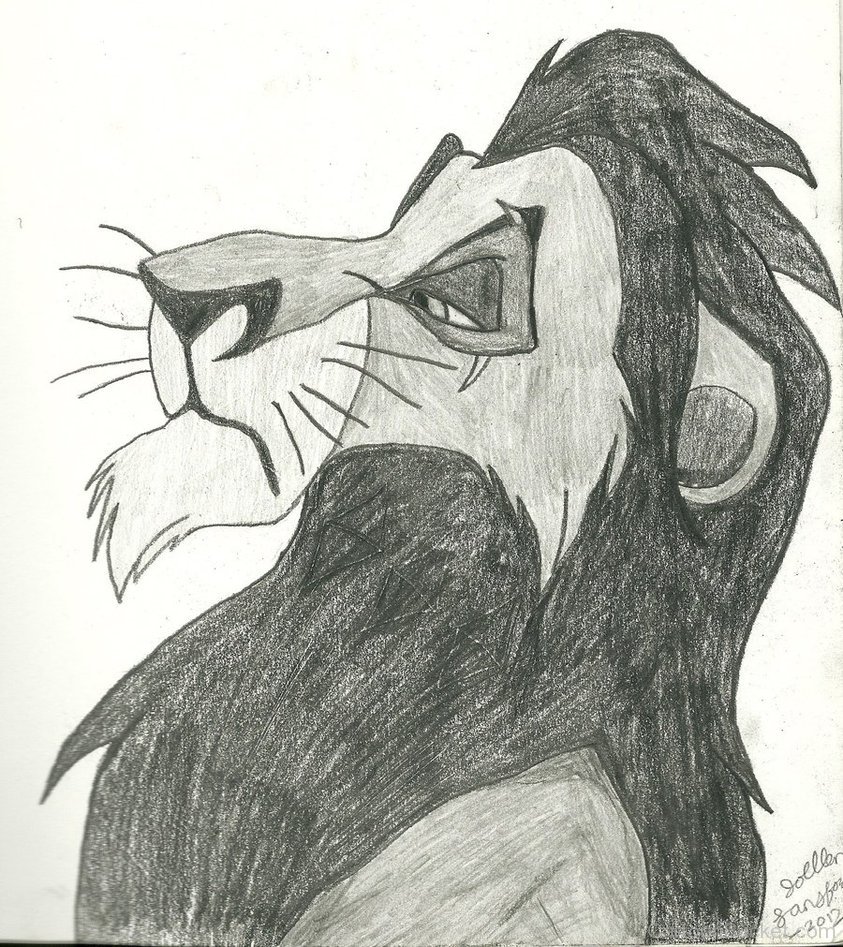Scar dragoart
Table of Contents
Table of Contents
Injuries are an inevitable part of life, leaving scars behind to remind us of our past experiences. Scars can be a significant part of a character’s physical appearance, and learning how to draw them can add interesting details to your artwork.
Pain Points Related to How to Draw a Scar
When it comes to drawing scars, the most significant pain point is often not knowing how to make them look realistic. Scars can be complicated, and if not drawn correctly, they can take away from the authenticity of the artwork.
Answering the Target of How to Draw a Scar
Learning how to draw a scar starts with studying how scars look in real life. Scars come in all shapes and sizes, and they can have different texture and color than the surrounding skin. Start by observing real-life scars, and try to recreate them in your artwork. This will help you get comfortable with drawing scars on different parts of the body and give you a grasp of how to make them look realistic.
Summary of Main Points
Learning how to draw a scar can add interesting details to your artwork. Scars can be complicated, but studying them in real life can help you recreate them in your artwork realistically.
How to Draw a Scar: Texture and Color
One of the most important elements of drawing a scar is understanding the texture and color that comes with it. A scar can have varied texture, depending on the severity of the injury. Raised scars may look bumpy, and sunken scars may look smooth. Scars can also be a different color than the surrounding skin, appearing red, pink, or even white.
A great way to give your scar texture is to crosshatch it with graphite or colored pencils. This technique can give the scar depth, making it look like part of the skin. When choosing colors, consider the age of the scar. New scars tend to be bright red or pink, while older scars may fade to white or blend in more easily with the surrounding skin.
 How to Draw a Scar: Scar Types
How to Draw a Scar: Scar Types
Scars come in different types, such as keloid, hypertrophic, and atrophic. Keloid scars are raised and often grow beyond the boundary of the original injury. Hypertrophic scars are thick, raised, and red, but they do not extend beyond the injury’s boundary. Atrophic scars are sunken, creating an indentation in the skin.
When drawing these different types of scars, consider the size of the scar and the body part. Keloid scars may be more prominent on the chest, while atrophic scars may be more common on the face. It’s also essential to take note of the direction of the scar. Scars that form in a diagonal line will look different than those that form horizontally or vertically.
 How to Draw a Scar: Healing Process
How to Draw a Scar: Healing Process
Understanding how scars heal can also help you draw them more realistically. The body naturally tries to heal injuries by creating collagen, which forms the same texture as a scar. The sticky substance pulls the skin together, creating a scar with a different texture from the surrounding skin. The thickness of the new collagen fibers affects how the scar feels and looks.
When drawing a healing scar, consider making the scar more prominent at first and then gradually making it fade. Using light lines and shading can create the effect of the scar slowly disappearing over time.
 Question and Answer
Question and Answer
Q: Can you draw a scar in any color?
A: Scars can be any color, but they tend to be red, pink, or white. New scars tend to be brighter, while older scars fade.
Q: Can you draw a scar on any part of the body?
A: Yes, scars can appear on any part of the body after an injury.
Q: How can you make a scar look realistic?
A: Studying scars in real life can help you draw them more realistically. Crosshatching and using different colors can give the scar texture and depth.
Q: How do you draw a healing scar?
A: A healing scar can be drawn by making it more prominent at first and then gradually making it fade. Using light lines and shading can create the effect of the scar disappearing over time.
Conclusion of How to Draw a Scar
Drawing scars is a great way to add detail to your artwork. By studying real-life scars, learning about texture and color, and understanding how scars heal, you can draw realistic scars that will enhance the authenticity of your artwork.
Gallery
Scar Pictures, Images - Page 6

Photo Credit by: bing.com / scar lion king drawing drawings cliparts cartoonbucket library clipart deviantart href src embed cartoons code
Pin On Things To Draw

Photo Credit by: bing.com / dragoart dibujar scars rysunki simba nala disneyowskie
How To Draw Scar Easy, Step By Step, Drawing Guide, By Dawn - DragoArt

Photo Credit by: bing.com / scar dragoart
#scar Scar | Scar, Drawings, Male Sketch

Photo Credit by: bing.com / scar draw
Scar Tutorial By Secondsynergy | Scar, Tutorial, Drawing Blood

Photo Credit by: bing.com / scar tutorial draw scars drawing deviantart anime blood wounds bruises injuries scratches cuts reference digital painting characters injured bleeding photoshop






